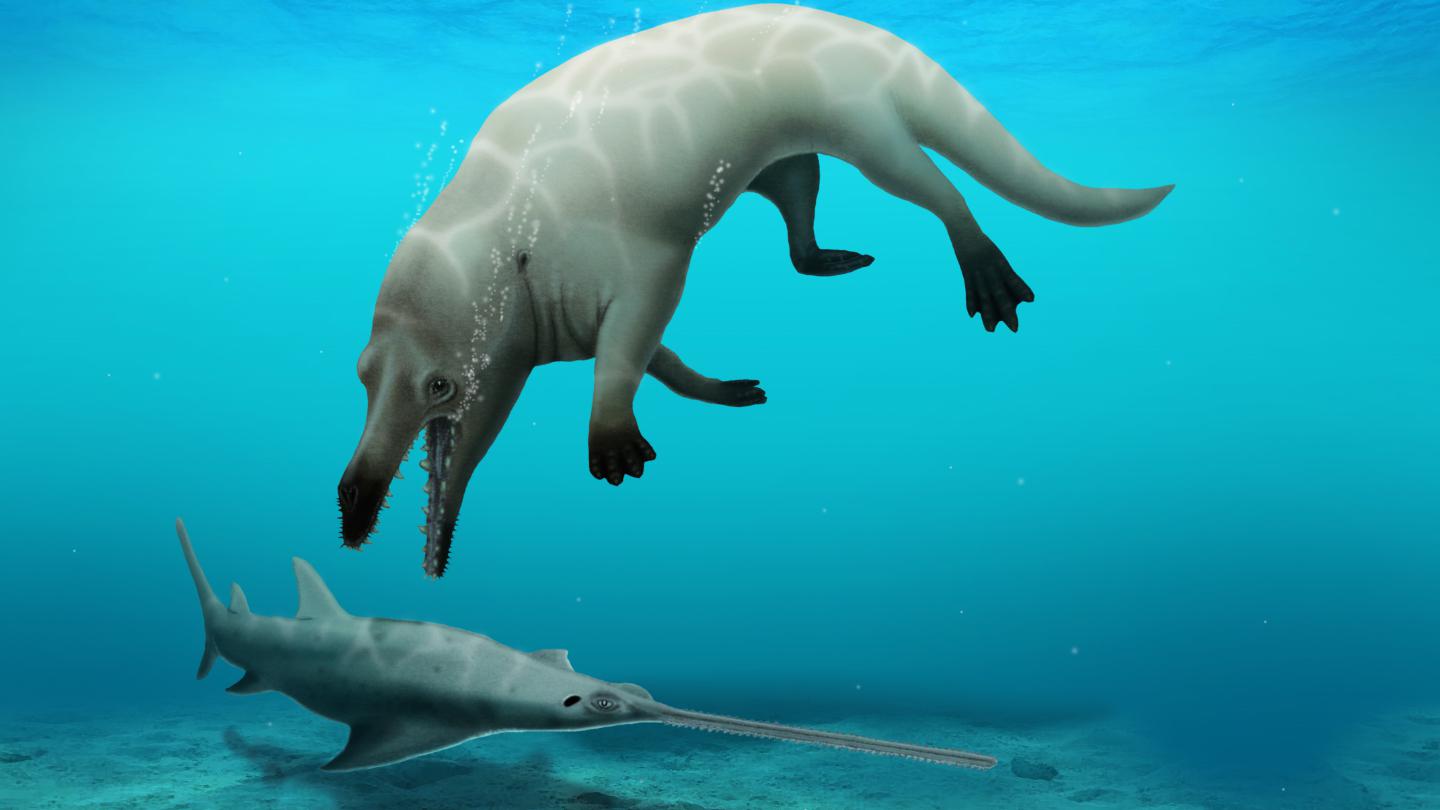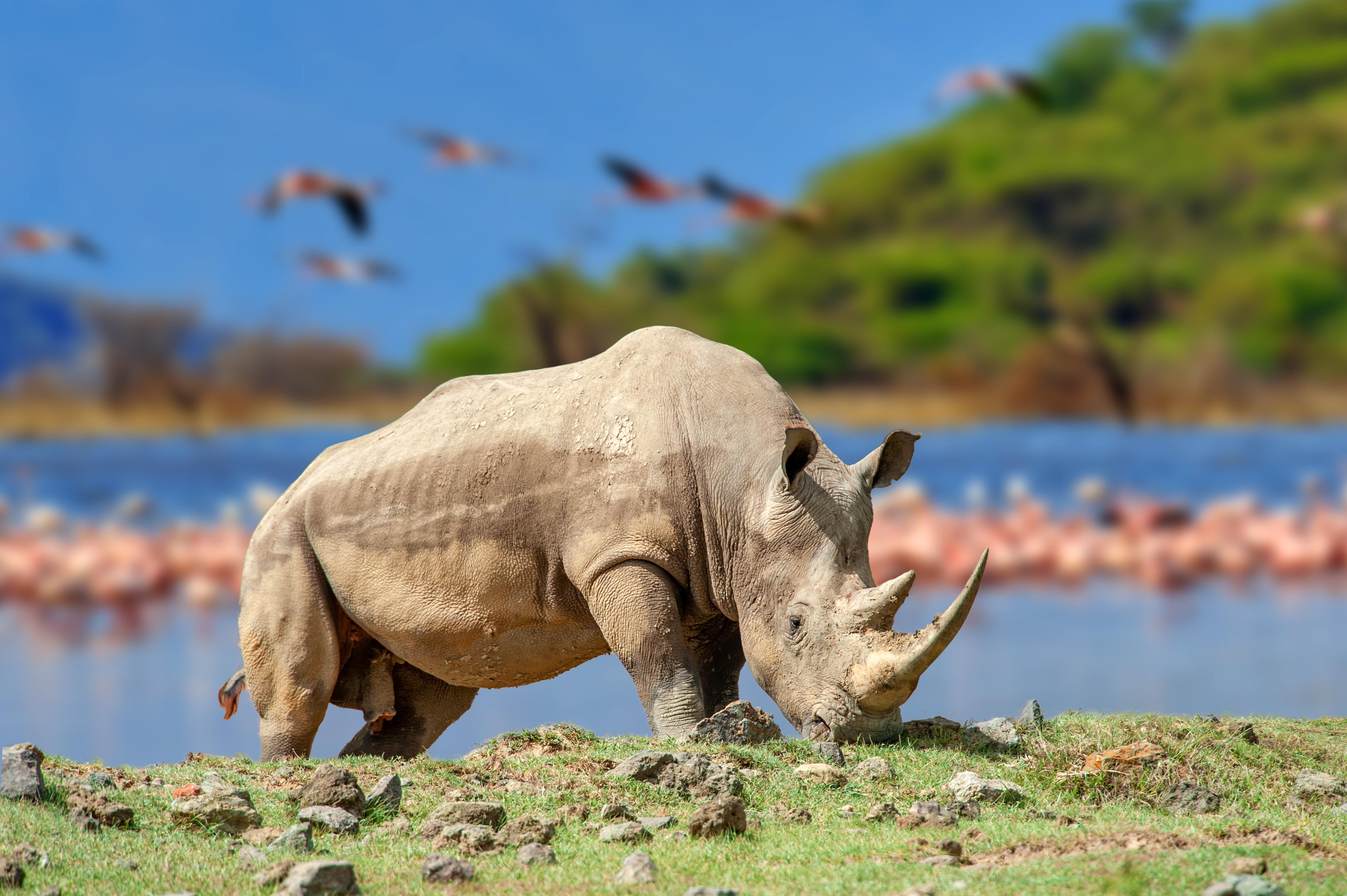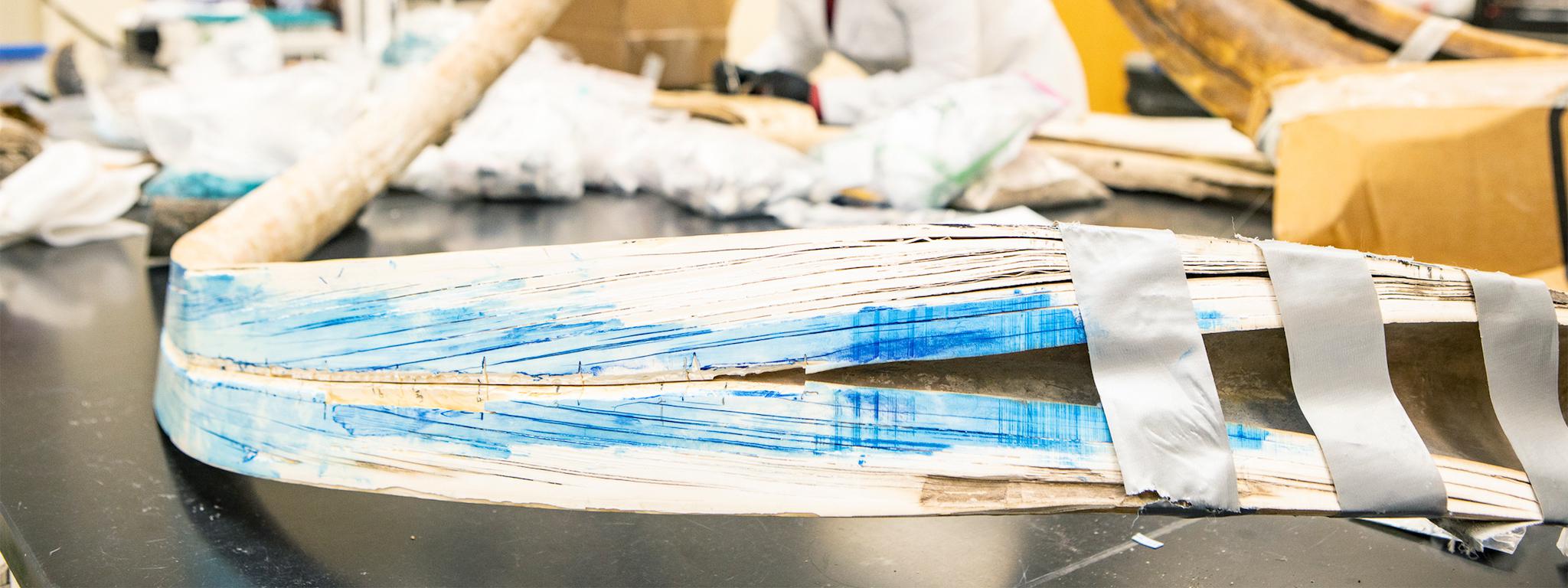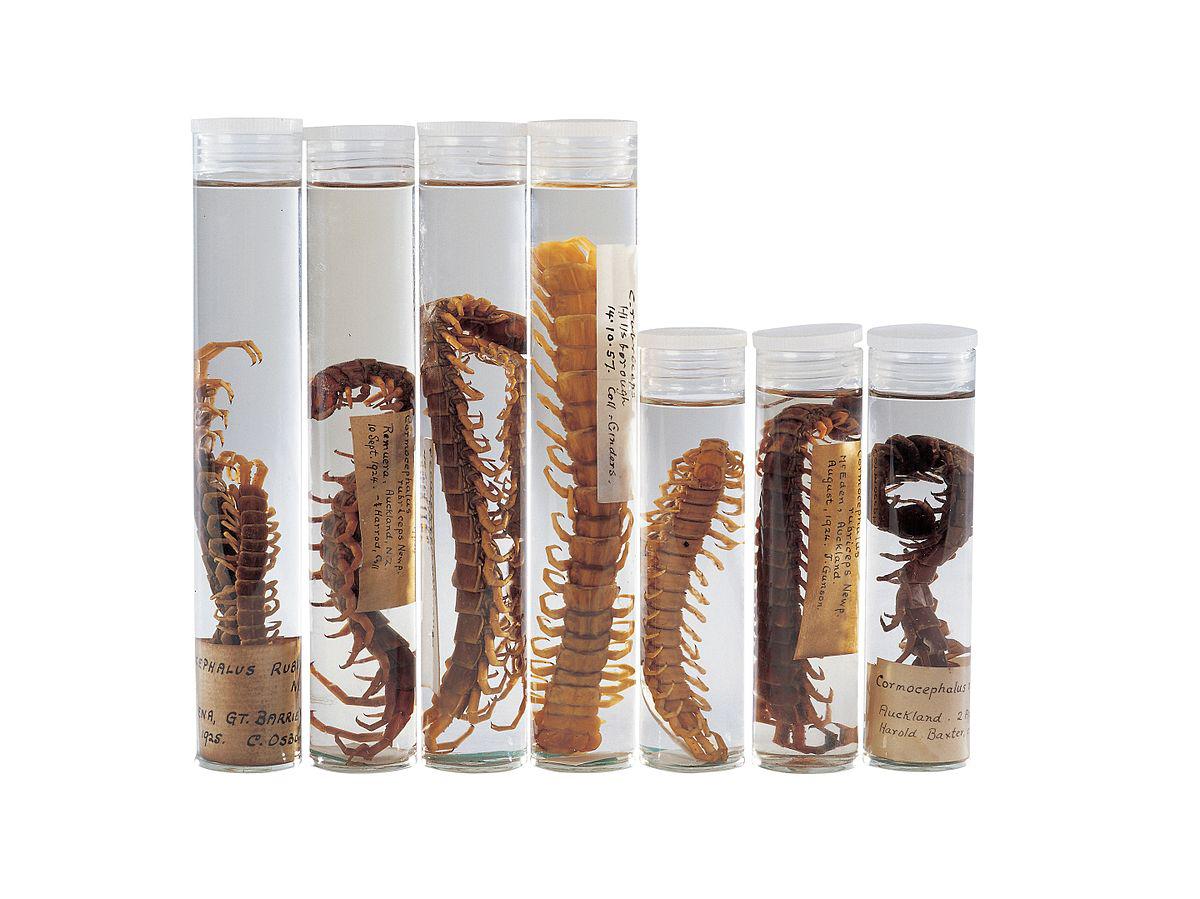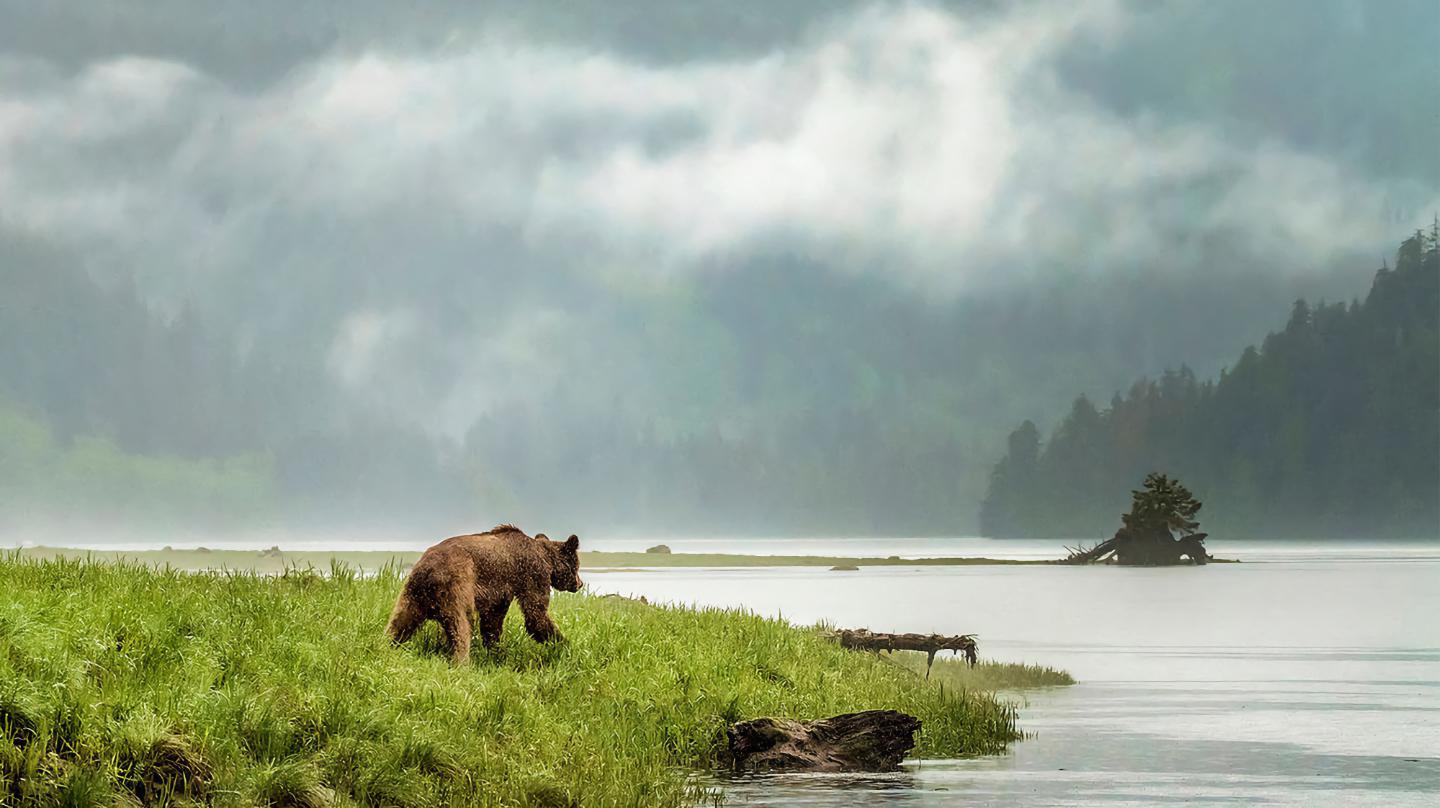Meet Mylodon, an ancient, 10-foot-long, meat-eating sloth

- Mylodon darwinni was an ancient sloth that went extinct roughly 10,000 years ago. It could grow to ten feet in length.
- Since modern sloths are plant-eaters, the same was incorrectly assumed about this giant creature.
- It is likely the ancient sloth opportunistically fed on meat.
What’s not to like about a sloth? They are lovably harmless, always look like they are smiling, and live life in s-l-o-w motion. Sloths at the department of motor vehicles were the runaway stars of the movie Zoopolis.
But it now appears as if sloths weren’t always gentle herbivores. Long ago, they ate meat and grew ten feet long — perhaps not so cuddly, anymore.
Meet Mylodon darwinni
In 1832, Charles Darwin discovered fossil evidence of a long-extinct sloth in Punta Alta, Argentina. He initially assumed that the fossil belonged to the same family as contemporary sloths. Nearly 30 years later, Richard Owen published his colorfully titled Memoir on the Megatherium, Or Giant Ground-sloth of America, in which the paleontologist named the extinct species Mylodon darwinii in honor of Darwin.
Sloths are as slow as they are not so much because they are preternaturally chill but because they have very slow metabolic rates. A sloth typically covers a languid 41 yards per day.
The Mylodon went extinct about 10,000 years ago. It was just under 10 feet in length, weighing in anywhere from 2,200 to 4,400 pounds and was no tree climber like today’s sloths.
It wasn’t the biggest sloth around, either. There were hundreds of sloth species — some of them elephant-sized — fossils of which have been found from Alaska to South America. Clearly, these ancient sloths were hardy enough to thrive in a range of climates compared to their tropical modern kin.

Meat-eating sloths
Previous analysis of Mylodon dung found in a southern Chilean cave indicated that the animal was a vegetarian like its modern-day cousins. But a new analysis, published in Scientific Reports and performed by researchers from the American Museum of Natural History, examined nitrogen isotopes found within the amino acids in Mylodon fur samples. The amount of nitrogen-15 present in a sample indicates how “high up” an organism sits in the food chain; carnivores have the most nitrogen-15.
Thus, nitrogen-15 levels can serve as a dietary fingerprint. So, the researchers compared samples taken from Mylodon with those taken from living and extinct sloths and other mammals. The nitrogen-15 levels were most closely aligned with those from rats, martens, and ancient humans like Neanderthals — all omnivores.
Considering that Mylodon’s jaw biomechanics and flattened teeth were so similar to modern sloths that munch leaves, it is unlikely that it was a predator. Instead, it was more likely an opportunistic meat-eater, dining on found carcasses.
The finding also may solve a mystery: Previous research has suggested that there were not enough plants in the South American ecosystems to feed all of the assumed herbivores known to be present there. So, maybe giant sloths had no choice but to expand their palates.
